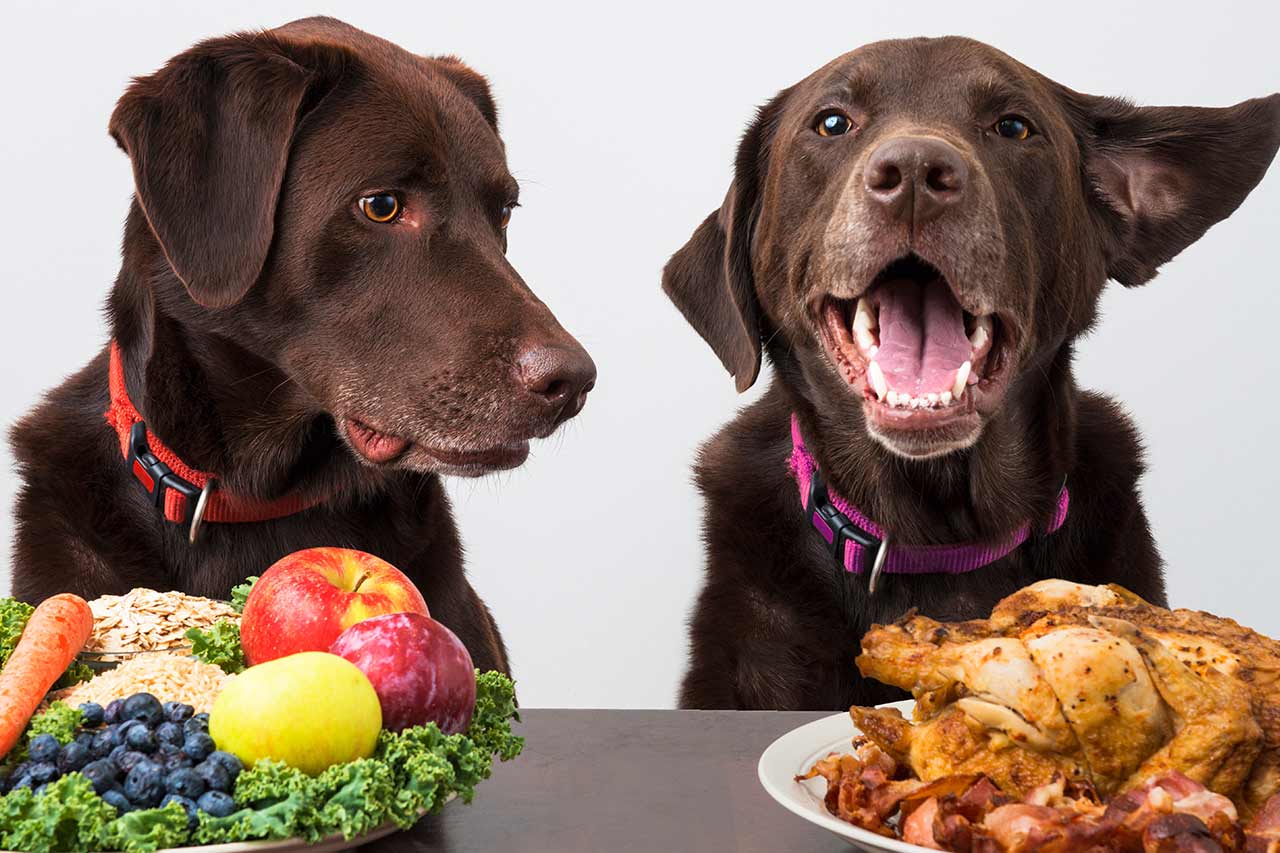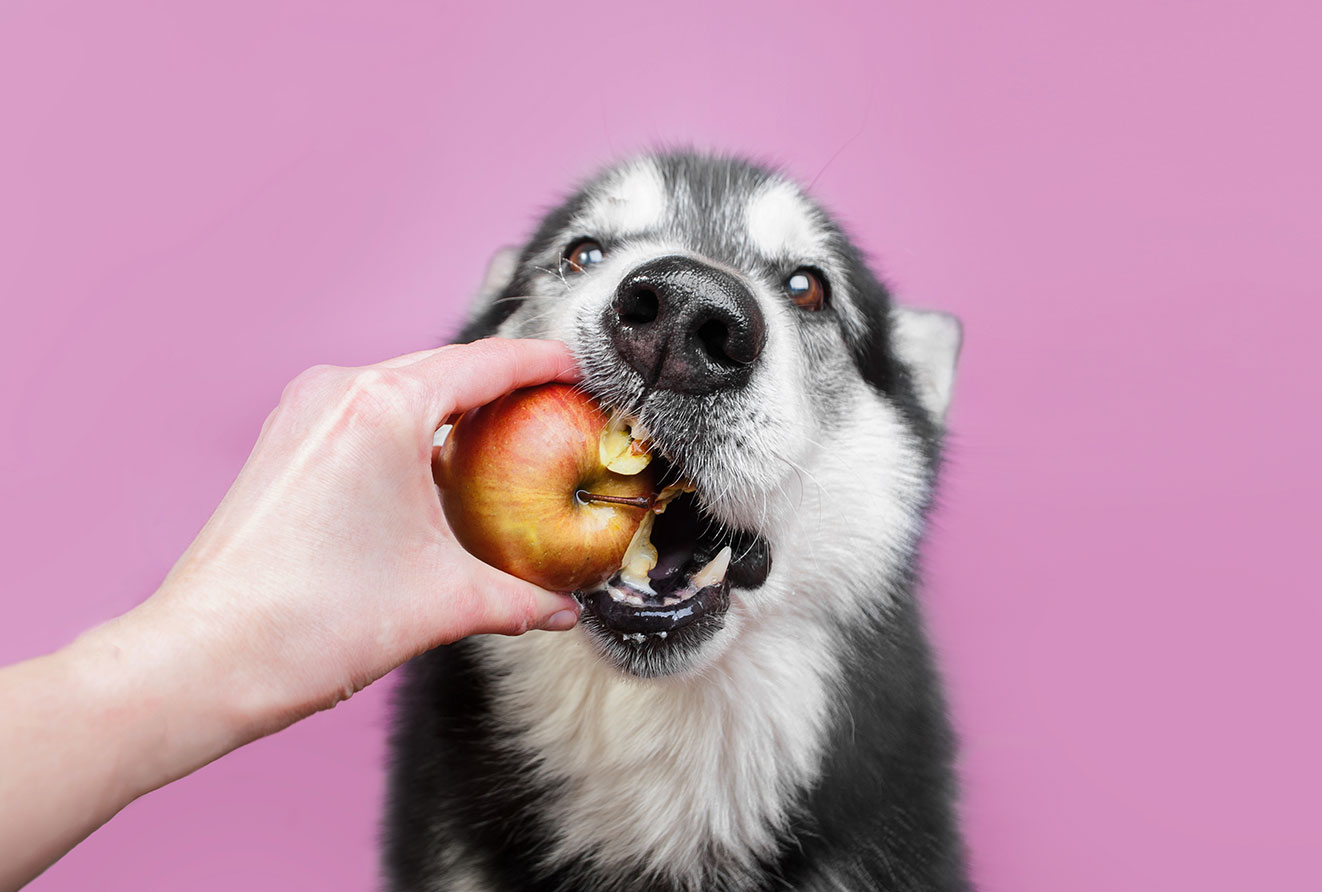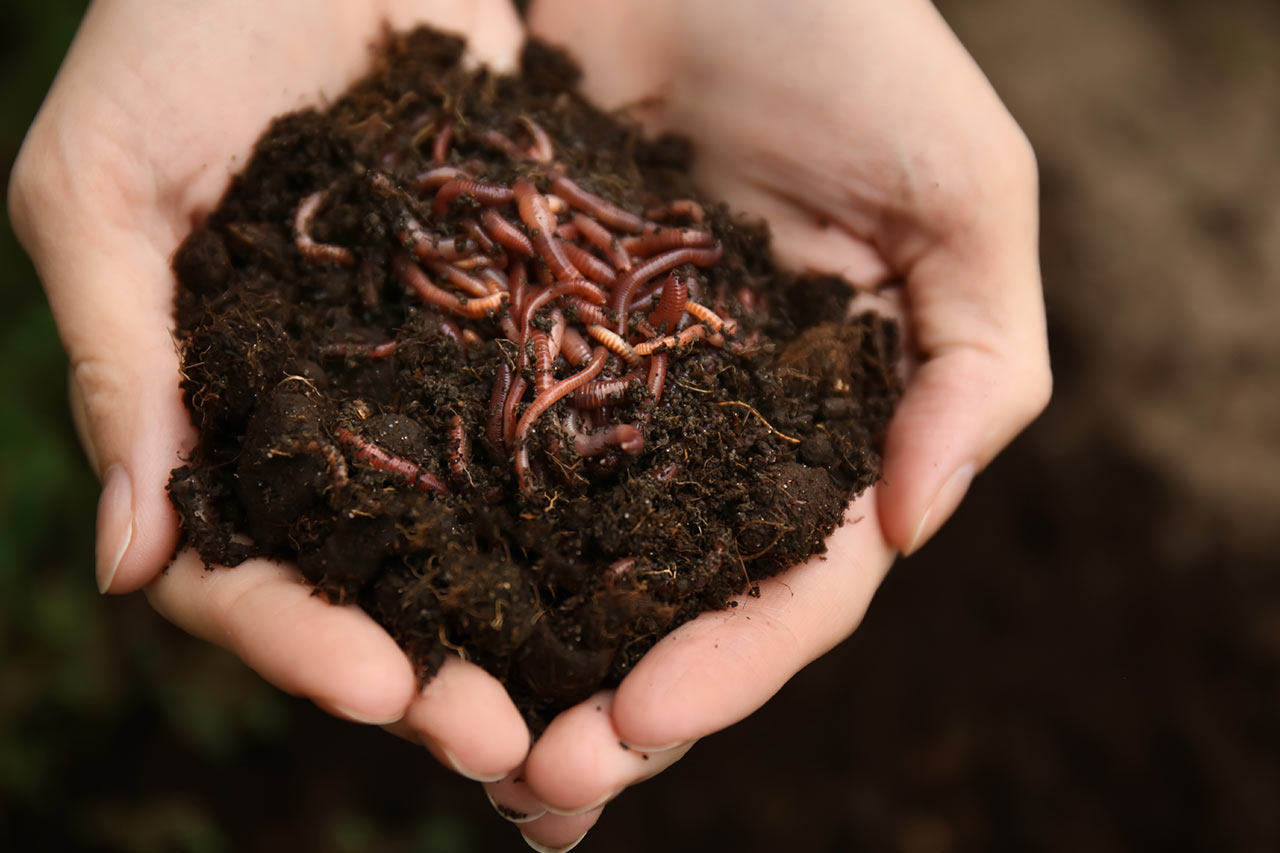With almost half of the households worldwide owning a domestic animal, the pet food market has been considerably striving in recent years. People love their pets and are inclined to spend a significant amount of money to keep them as healthy as possible. In this sense, it is not surprising that most trends in pet food mirror those in human food. Clean labels, simple composition, local production or top ingredients are slowly becoming upmost necessities when it comes to producing competitive food for pets. Indeed, these products not only have to please the pets eating them, but they must also appeal to the pet owner buying them. See what pet owners are looking for when choosing their pets food products in 2021.
Pet owners are looking for minimally processed food
As pets tend to be considered real family members, their owners want to include them into their healthy lifestyle. Pet owners have become more attuned to pet food and treat labels, scanning for organic pet food or “free from […]” claims. Over the last decade, pet food companies have consistently tried to come up with new products that could be designated as “more natural”. As a result, products that are organic (free from preservatives, artificial colorings, flavors, soja, wheat, grain, to name a few), have gained a lot of attraction in recent times. However, due to limited supply, and technical constraints, the organic pet food market only represents a tiny part of the overall pet food market. To learn more about organic segment of pet food, read this Alcimed article.
Additionally, various recent studies have shown that customers are looking for simplicity in the products they buy, particularly, a shorter list of ingredients. The British manufacturer Fold Hill Foods has freshly launched its new dog food “Naturally 5” under their own brand Laughing Dog, proposing a very simple product comprised of only 5 ingredients. Other companies have started to follow this trend. Nevertheless, the technique to evaluate the number of ingredients is subject to variations from one manufacturer to another; as one might consider each component of the product, or simply consider the main groups of food ingredients. The confusion on this rather important topic can lead to a lack of transparency from pet food companies.
Non-processed and limited ingredients claims are the two major trends that drive the pet food industry in 2021.
Pet owners are looking for more transparency
Although pet parents are looking for simplicity and more natural food, they are also looking for simplicity in the communication of what is in the food.
The desire for transparency and traceability we as humans fancy in the products we buy for ourselves also stands for the food we buy for our pets. Owners nowadays want to know exactly what they are feeding their pets, often question the origin of the ingredients, and the conditions of production.
While some products start displaying “made in […]” labels, in order to comfort their customers, there are still many unknowns regarding the production process of such foods, in particular the sourcing of the food’s constituents. There is an urgent need for manufacturers to step up and provide the consumers with this kind of information. Such clarity will urge pet food companies to find local and reliable suppliers if they want to satisfy their clientele.
Pet owners are looking for top ingredients
Because pet parents seek to feed their furry family members, similarly to how they feed their human ones, they are also interested in the quality of the ingredients, and their nutritional benefits.
As a result, more and more dog foods include superfood, or hero ingredients, in their composition. These ingredients have been present in recipes for a few years now and are especially popular in the premium and super premium segments of the market. These so-called superfoods often include peas, sweet potatoes, blueberries, cranberries, but they can also include spinach, kale or even chia seeds. Particularly, the number of products containing chia seeds has grown 70% globally over the past two years, while the ones with pumpkin and sunflower seeds have respectively risen 27% and 22%.
Nevertheless, some factors seem to indicate that this superfood trend will be over by mid-2021 as it is being replaced by another one, human grade meat or fish in pet food products. The latter means the ingredients come from the human food chain and are manufactured inside a human food facility, hence the following of the stricter human food regulations. A great example of a company that grasped these challenges is Fish First UK. By including a great variety of locally caught fish as a base for their products, they were able to come up with a well-acclaimed range of dog food, leading to a rapid growth since their creation.
Thus, it seems much that human tastes and demands will dictate the future of pet food. The rise in humanization can be explained partially by the gap between human and pet food narrowing; many owners nowadays perceive their pet’s food the same way as their own. If pet food companies want to maintain their image, they will have to follow the same trends as the ones that drive human nutrition. The biggest challenge in the future will be to source ingredients locally and to provide consumers with more transparency. If your company is looking to innovate in the pet food industry, exploring such paths is a great place to start. Alcimed is here to help you!
About the authors,
Juliette, Consultant and Quentin, Project manager at the Alcimed’s Swiss Office



